Plenty of us have garden beds with plants in them, walkways to our front doors, and patios out back. Yep – nothing particularly special or earth-shattering. Maybe your front walkway and the skinny beds around it are weed-free, but not impressive. Maybe the garden bed out your back door has some nice colorful blooms in the summer, but it’s not really gorgeous. What is missing? How do you take these “okay” spaces and turn them into something beautiful?
While there are many things you can do (I love to talk about planting design, hardscape choices, working with scale, and four-season interest…) There’s a best starting point that will make a huge change! The first and most important design tip I can give you is to create a focal point for each area in your yard. You need to create order out of chaos, to organize your spaces, and direct people where to go & where to look.
WHAT IS A FOCAL POINT?
Let’s start at the beginning: what exactly is a focal point? It’s a dominating feature in a space – the first thing you notice when you glance over.
Fine Gardening magazine calls focal points “attractive visual entry points.” I love this definition because of that word
entry. Focal points create a
starting point – a way to organize things. And we need this!
Our brains do not like too much information all at once, and we are hard-wired to break up information into a size that we can handle. This is why phone numbers in the US have 7 digits but use a dash to separate the number into smaller pieces. This is why your credit card number isn’t a line of 16 digits but instead is made of 4 groups of 4. Chunking and grouping information helps us learn and retain information. Breaking things into smaller pieces helps us, and giving some direction and order helps even more. We use focal points all the time: in our outfits, in food presentation, and definitely in photography. Each time, we’re focusing attention to a particular place and then using it as a starting point to see the rest of it. Here’s a great example:
In this photo from
our beloved photographer Katie Lindgren, there’s a CLEAR focal point – the bride. Of course! That white dress stands out against all the others, she’s centered, and her dress flows and moves in the image. She’s where your eye goes first, and then you move around the rest of the image.
At the Brenton Arboretum, a wide and glorious vista is anchored by this incredible St Francis sculpture – it gives some human scale to the giant sky, and offers your eye a place to land as you look around. That’s a focal point.
So at your own house, you have a front walkway and a few different planting beds and some trees and lawn and a back patio and a kids’ play area and another planting bed and a pool … there’s a LOT there for our eyes and brains to take in. Making use of focal points in outdoor spaces allows you to enjoy yourself and not feel overwhelmed.
WHY SHOULD I USE A FOCAL POINT?
When you need to create a scene and set spaces apart, a focal point works to define an area and make it distinct from what’s around it. Focal points create the organization or “information chunks” that we need to understand a space.
In this front yard, the water feature acts as a beacon, drawing people in and setting this space apart from the rest of the yard. It’s so distinct from all the green planting material – it sets this section up as an obvious starting point and first stop when you explore the yard.
This moon gate definitely grabs your attention! It is working like a portal to draw guests further into the landscape.
In this sunken garden space, the wild plantings acts as a screen from the neighbors’ view while also defining and organizing this space.
WHERE SHOULD I USE A FOCAL POINT?
We can use focal points in lots of areas around our yards. Here are a few common spots where it would be smart to make use of focal points:
1. Where a walkway turns
This happens so often – if the walkway in the front of your house is parallel to the door, then you don’t see the final destination. We need to lead people toward the entrance and give a strong focal point in line with the direction they’re walking so that they know they’re going the right way.
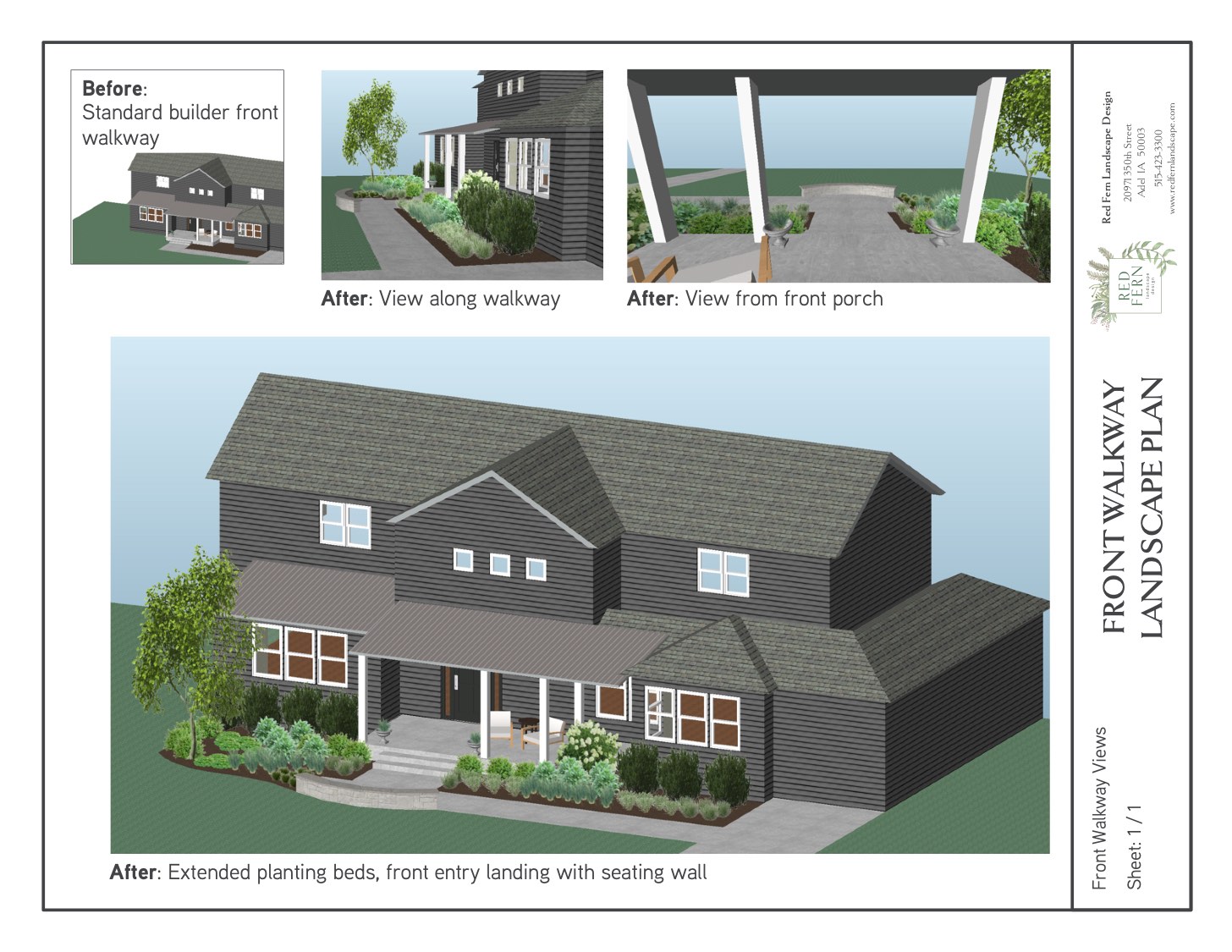
In this plan (which you can download for your very own here!) a small ornamental tree serves as a focal point for the walkway, since you can’t see the front door as you get started. The tree beckons guests toward it and directs traffic.
For this front walkway, we needed a focal point at the front door, AND at the curve in the path, AND at the entrance to the walkway. Three different focal points will direct people as they move along the walkway, keeping people comfortable as they walk.
2. Just within a large yard or garden space
Setting a focal point partially within a yard that you want people to enjoy and explore will draw their eye and communicate welcome. Using a focal point out in the garden will bring people outside and make them feel encouraged to get out and explore.
This arbor set back into the garden draws people out and gets you wandering around in the large space.
3. At a set of stairs or hill
Setting a focal point at a place where major change happens will grab people’s attention and set off what’s going on. Maybe it’s a long sloping hill that you have an arbor at the top of, so that people’s curiosity is piqued and they are willing to make the climb. It’s smart to have something that people can see in the distance as they begin the climb gives a reward for the hard work. We need it!
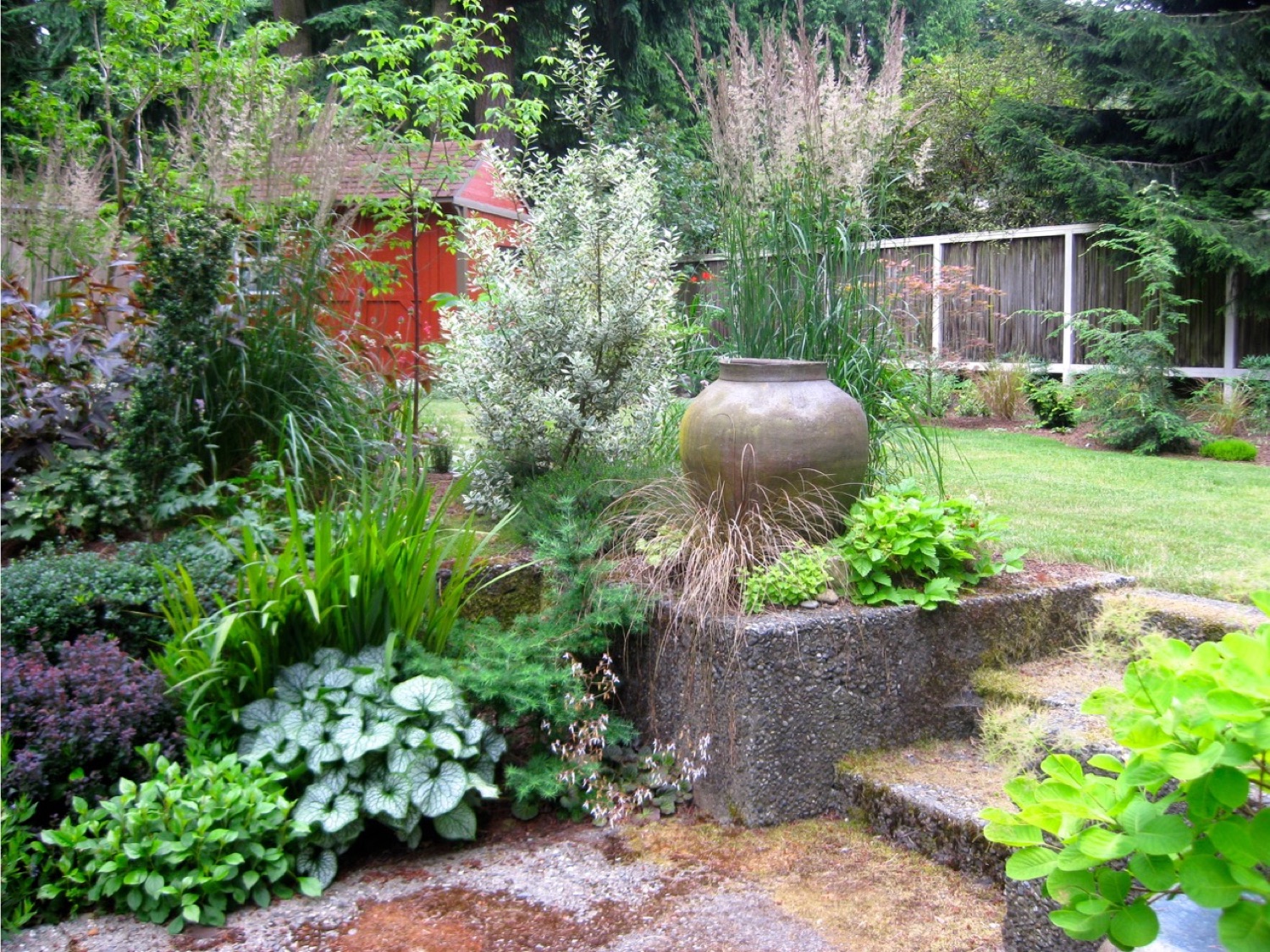
The urn set at these stairs directs you from across the garden to come this way, and then also highlights the steps when you arrive.
The little lantern in this image draws your eye up the curve of the steps, encouraging you as you climb.
4. Within a large planting area
In a big garden space, you need some hierarchy so that our eye knows where to go first. Remember that idea of chunking up information? It works here. Adding in something that stands out will capture attention and make the entire experience easier to navigate.
These two crazy palm trees definitely grab your attention in central Iowa! This 60-foot long border has a lot going on, but the palms are so striking that they give a great starting point for your eye.
HOW DO I CREATE A FOCAL POINT?
- Determine important views and lines of sight – like when you walk out the back deck, what direction are you looking? Use that to get started. As you walk along your front walkway, look straight ahead and make sure there’s something compelling in front of you. If you have a bench somewhere in your yard, what do you see when you’re sitting there? Where do you want people to look next? Set up a focal point at that location and you’ll draw everyone’s attention to the next thing.
- Create boundaries and borders. Frame the focal point and set it apart as much as possible. If you have a brightly colored bird bath, underplant it with a grouping of plants so that it is highlighted. Use a wall to provide contrast or a backdrop.
- Highlight and accentuate. Use contrasting colors and textures to show off that focal point. Try lights to add even more attention.
- Some things you can use for a focal point:
-
-
- a showy container
- a flashy plant
- a brightly colored pair of chairs
- a water feature
- a piece of sculpture
So there you have it – it’s really, really important to set up your landscaped space with a focal point, so that you can grab attention, hold interest, and draw people out and into your yard. Go find an area of your yard that needs a focal point! Snap a picture and circle where you want that focal point to be! Share it with us on social media- we’d love to see it and see your ideas! What would you like to use as your focal point? I’ve got an old stock tank that’s going to become a water feature – stay tuned!
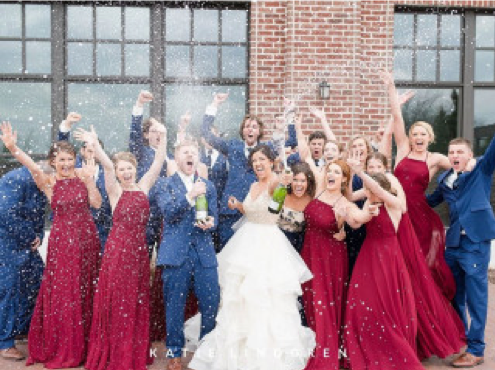

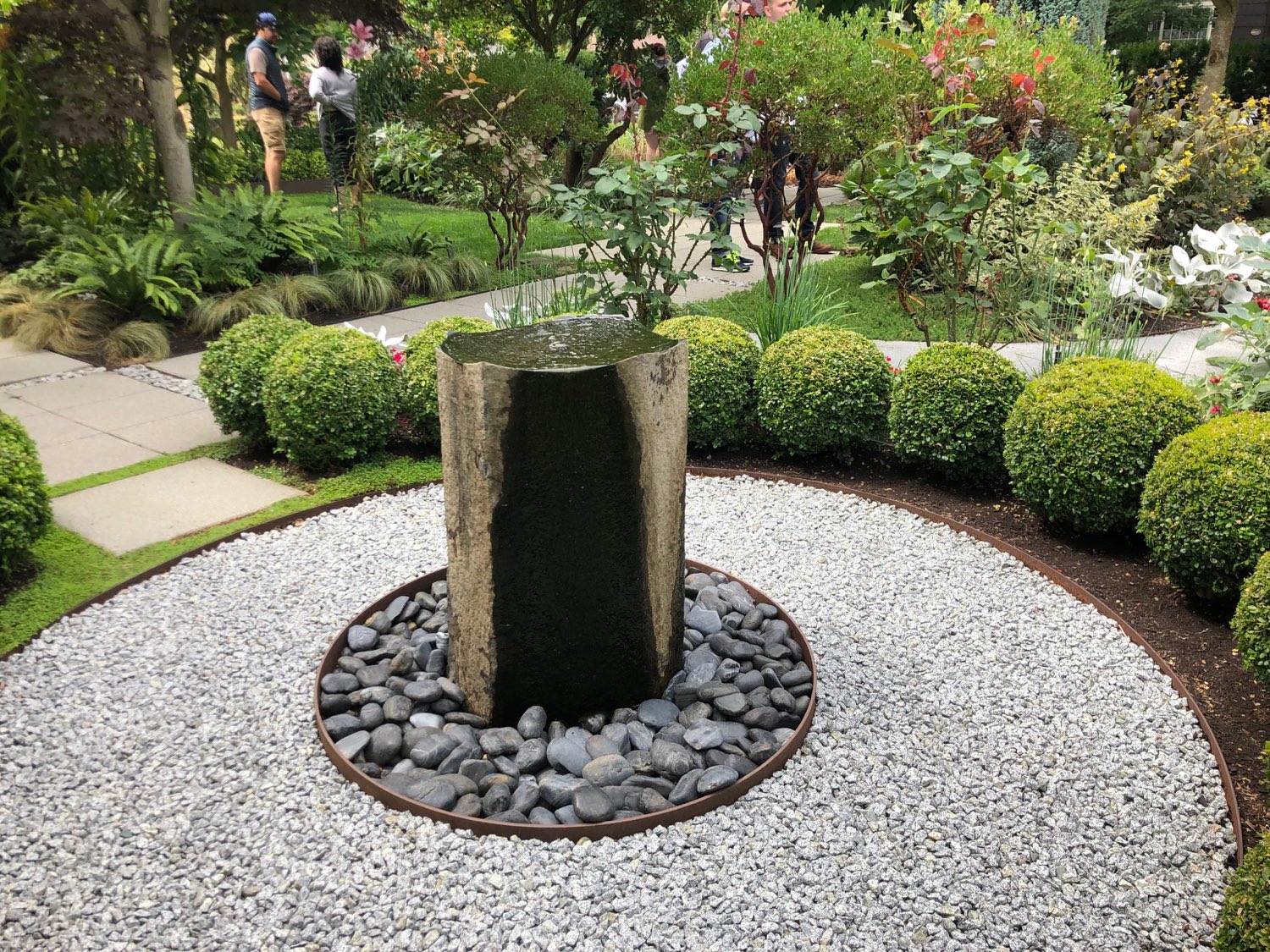
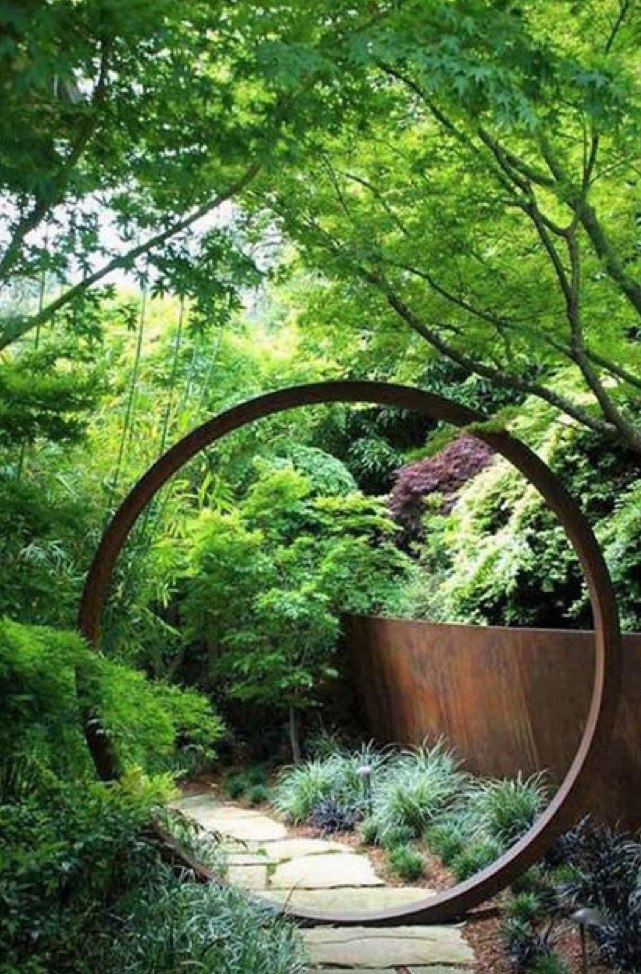
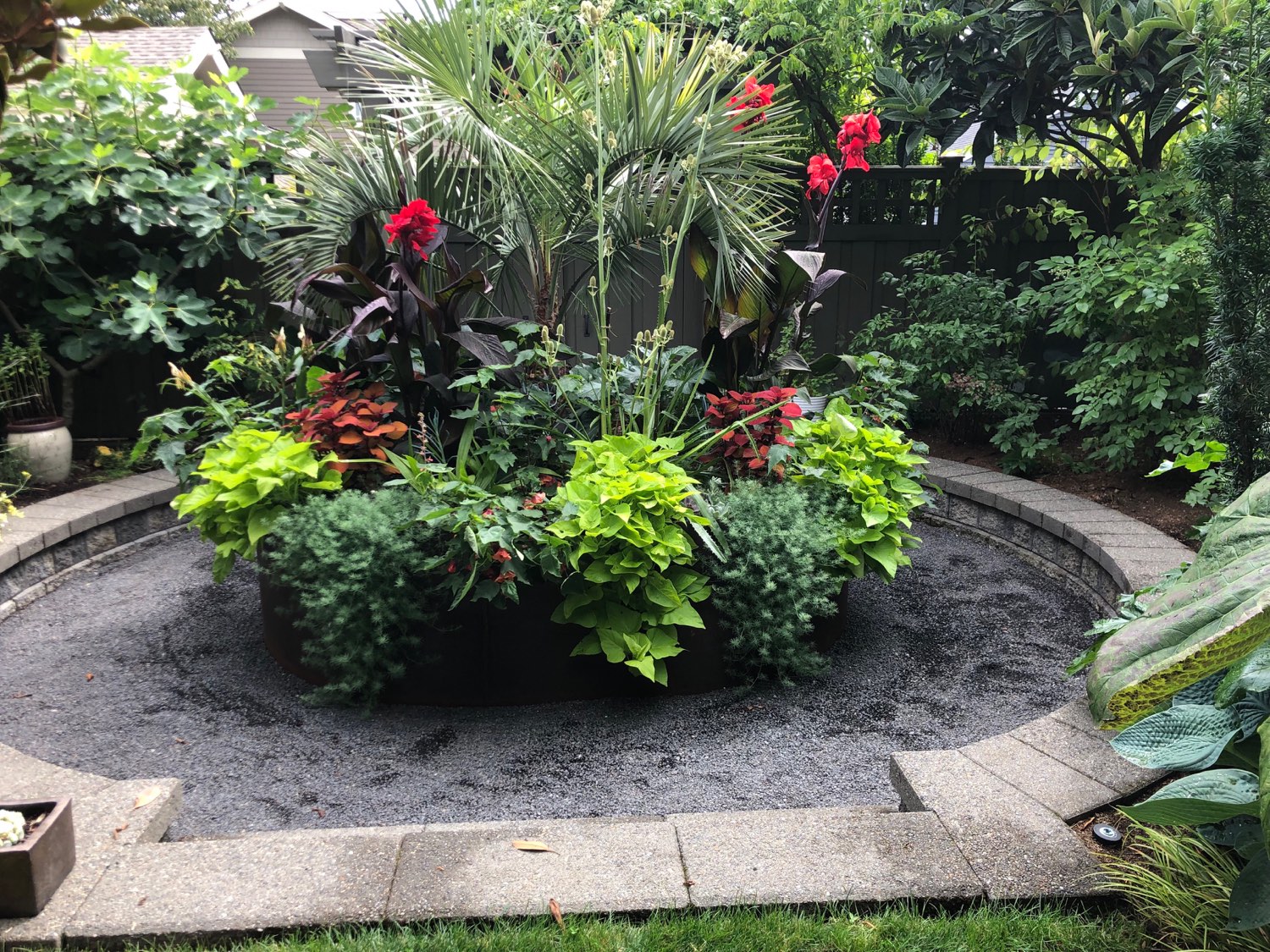

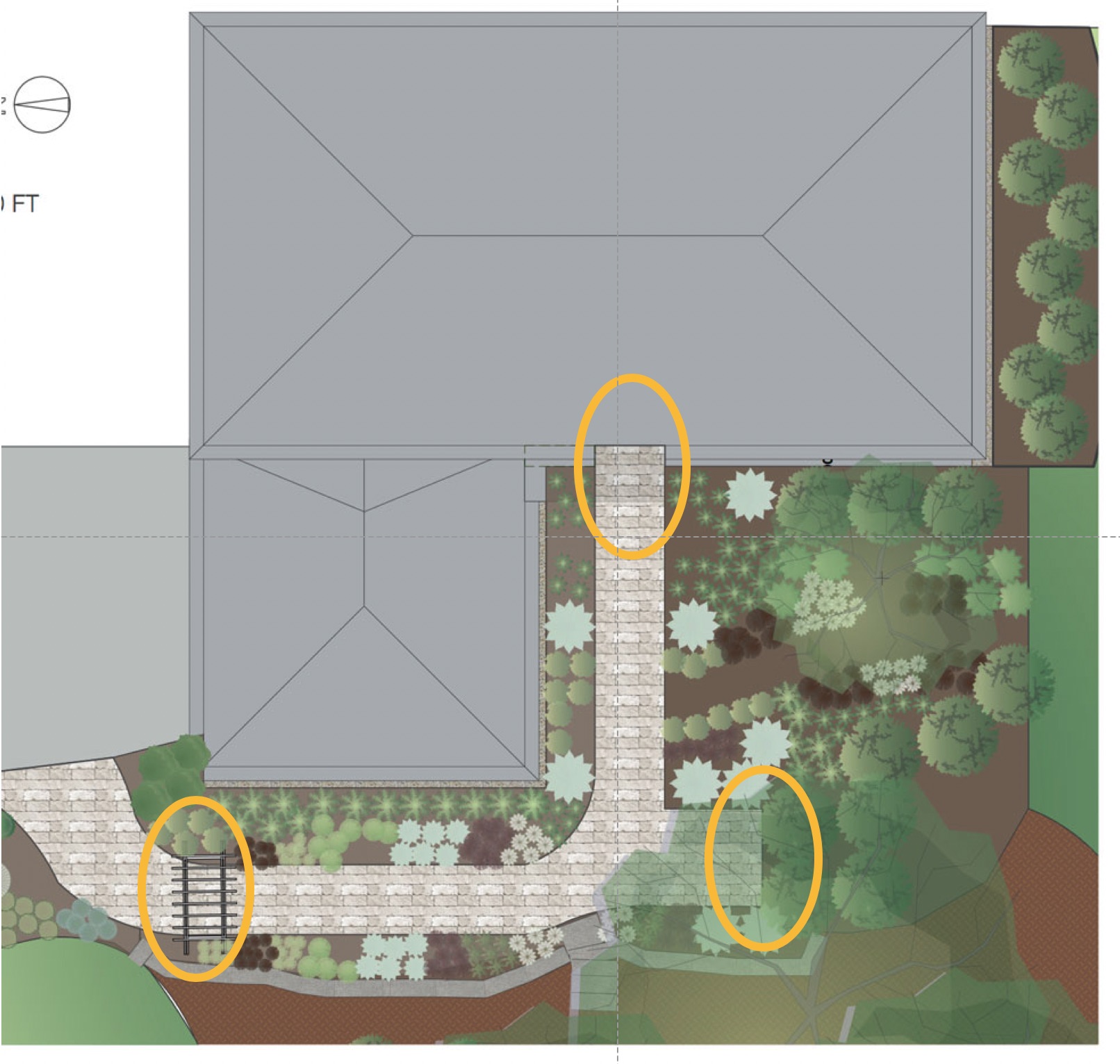
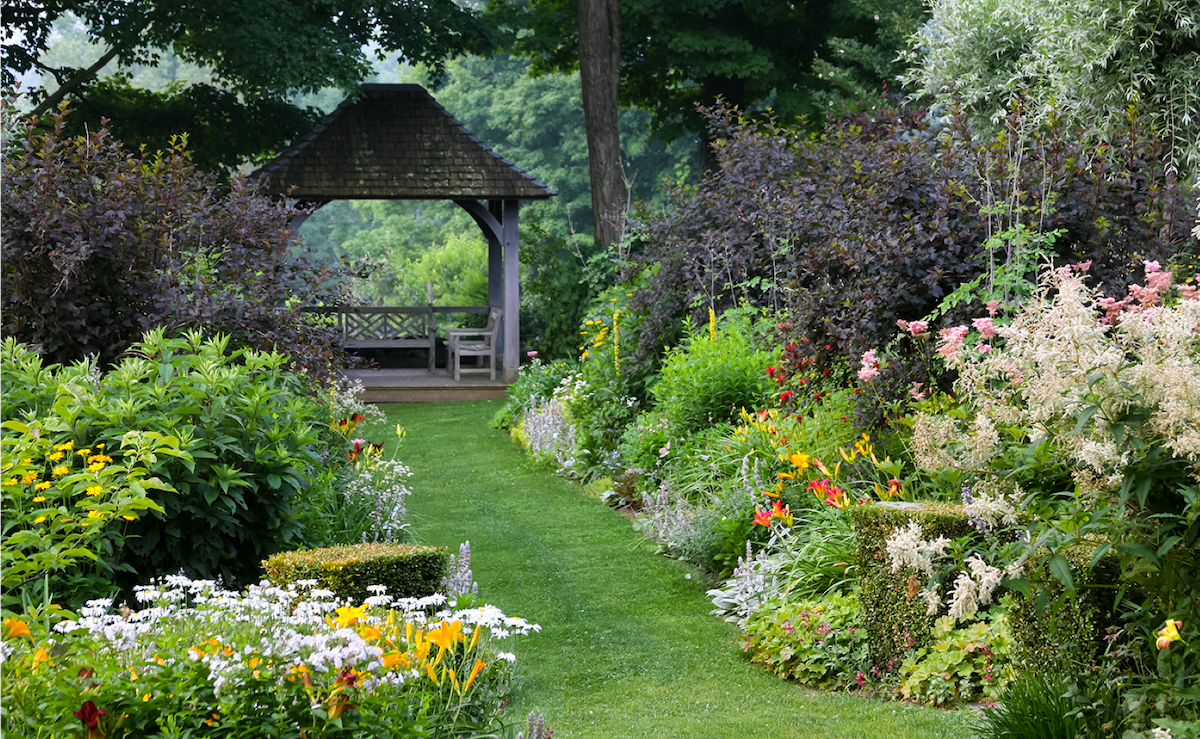

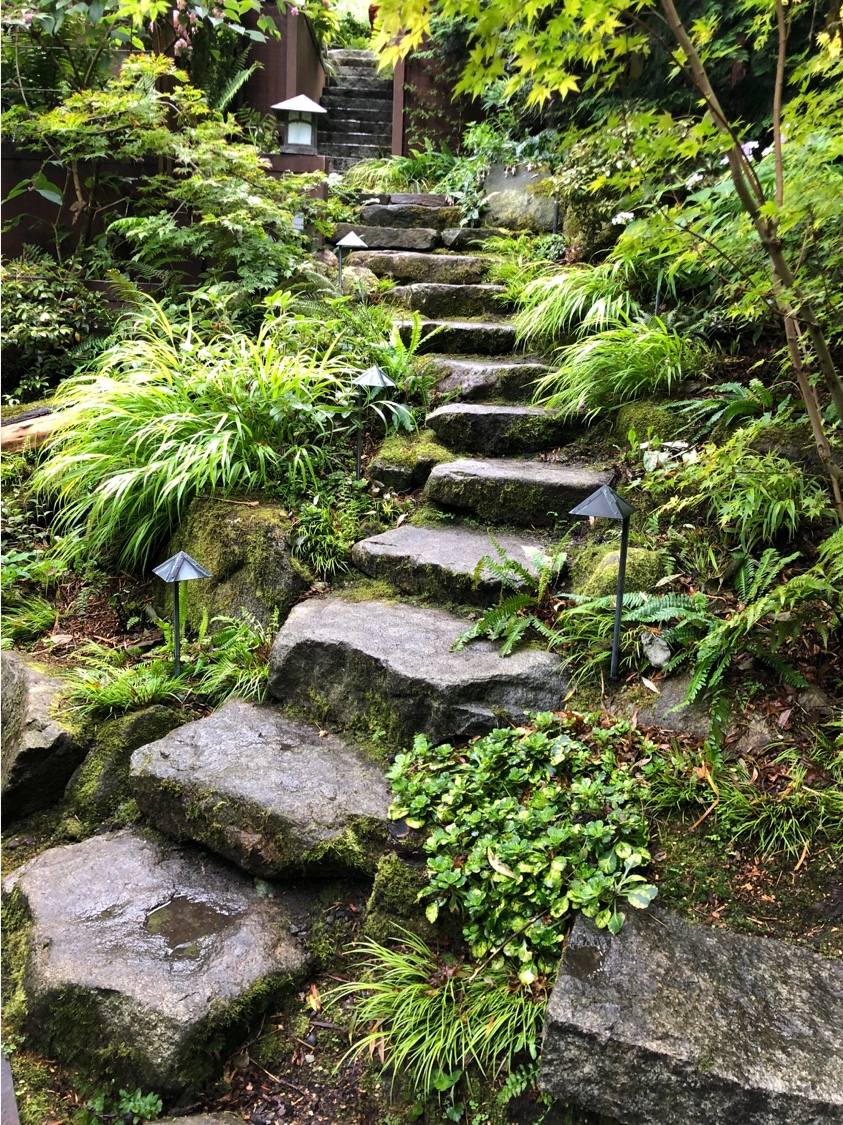

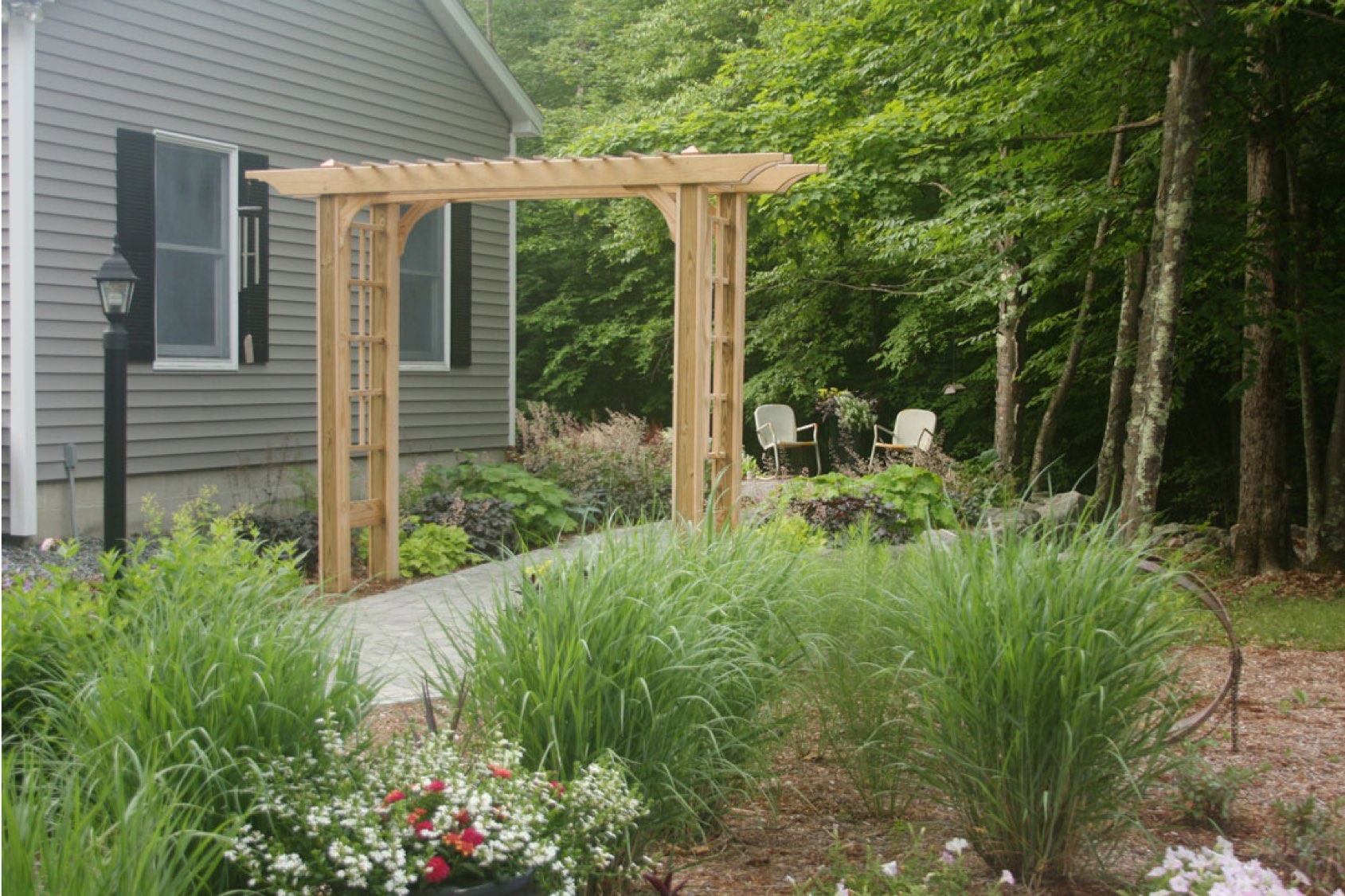
LIke it
pin it
tweet it
email it